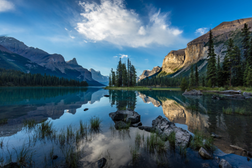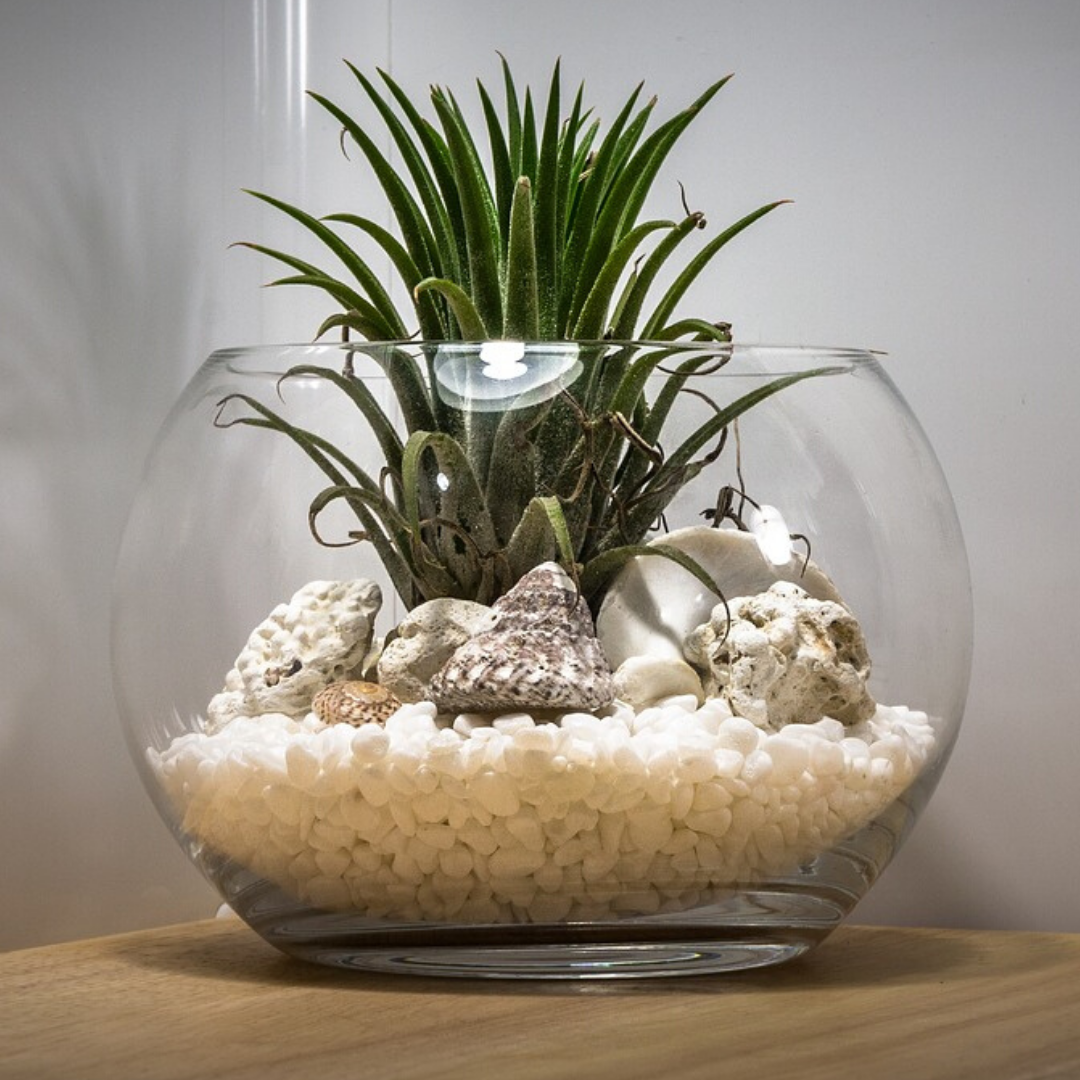10 Ideas for Physical Distancing through Nature
Everyone in the world is being affected by COVID-19. Here in Canada and abroad, the World Health Organization recommends taking a precautionary measure called “physical distancing.” This means remaining at least two metres (six feet) from others. Public health officials have also suggested that people stay at home and limit all non-essential trips.
Nature Canada takes this public health advice seriously—our team in Ottawa started working from home on Monday, March 16. With physical distancing and self-isolation becoming a part of our lives, we’ve compiled a list of suggestions for how you can follow the guidance of health experts, while also keeping yourself and your loved ones busy and “out” in nature.
Go birding
Not all physical distancing activities need to happen indoors. Spring is just about here and many birds are getting ready for their northern migration. Birding by yourself or with a friend presents a perfect opportunity to not only distance yourself from others but to also gain a greater appreciation of the nature you have in your own backyard and relieve stress.
While public health officials suggest staying away from public transit right now, there are migratory bird sanctuaries across Canada that can be visited by car. If that’s not an option, there are plenty of feathered friends and other urban wildlife that can be spotted from your window.
Contribute to some citizen science
Canada is home to 450 species of birds—though many populations are facing significant declines. eBird is an online tool that lets you explore the bird species in your area and learn what types of birds you can expect to see on your physical distancing birding walkabout. Now is an especially exciting time to use this tool as birds have started their migration north.
eBird is also a collaborative tool where users can contribute local bird sightings. This data helps provide conservation agencies and scientists with up-to-date information on local biodiversity.
Take a virtual “walk” through a Parks Canada location

Physical distancing offers the time to travel to new places from the comfort of your home and that includes a visit to one of Canada’s 48 national parks. Parks Canada has put a number of its locations on Google Street View, including parts of Banff National Park and Nááts’įhch’oh National Park Reserve in the Northwest Territories. A number of historic sites are also available for a virtual tour.
Head out on an exploratory neighbourhood walk
While public health officials are advising against having kids touch the much-used surfaces of playground equipment, it’s still possible to go for an outdoor family walk. Fortunately there are all sorts of other things to discover outside, even on streets you’ve walked a thousand times.
Whether it’s looking for lichens or spotting shapes in the clouds, Environment Canada has created an “Urban Biokit” that includes an illustrated checklist of what to look for as you stroll.
Take a virtual tour of the Smithsonian National Museum of Nature
The Smithsonian museum in Washington, D.C. is one of the best in the world, and is a pleasure to visit in person. But did you know you can also take a virtual tour of their exhibits? This includes their Butterfly Pavilion, the Hall of Fossils, and the Insect Zoo. There’s even a virtual tour of an exhibit called “Outbreak: Epidemics in a Connected World” in case you’d like to learn more about the driving factors behind this current pandemic.
Build a terrarium

While many schools and March Break camps are cancelled, there are ways to bring nature-oriented arts and crafts to your kitchen table.
Terrariums, for example, are a way to connect with a tiny piece of indoor nature. Terrariums are typically small glass containers where various plants can grow. While you may not want to be leaving the house to shop for supplies, you can construct a basic terrarium with what you have in your home—like a washed glass tomato sauce jar or an old glass bowl. Here’s a tutorial from CBC Kids to get you started.
Get caught up on CBC’s The Nature of Things
Some are taking advantage of physical distancing as a way to binge watch their favourite television shows, so why not add The Nature of Things to that list? Full episodes of these nature documentaries are available on the CBC website, and cover a variety of interesting topics from Canada’s grasslands to Arctic ice to to stay-at-home animal dads.
Host your own outdoor adventure film festival (at home)
The internet is home to a stunning array of nature films. Below are some of Nature Canada’s favourites from this year’s Banff Centre Mountain Film Festival. These are all short films and available to watch for free—perfect in case you need a quick hit of escapism.
- Electric Greg: Greg Hill is a British Columbia-based ski mountaineer who became famous in the outdoor community for climbing peaks around the world. Electric Greg is his latest film, and talks about Hill’s shift to a more environmentally-conscious way of adventuring—climbing 100 peaks without burning any fossil fuel.
- Good Morning: Hang on to winter for just a bit longer. This short film features some impressive skiing—on the rooftops of a French resort!
- The Running Pastor: A sheep herder jogs across the precarious, jagged peaks of the Faroe Islands. This is the perfect film for anyone feeling a sense of wanderlust and the need to armchair travel.
If you’re looking for feature-length films, ultramarathoner and trail runner Kilian Jornet has made his three mountain documentaries available for free. You can watch these via his website.
Master the art of indoor science experiences
BEETLES (Better Environmental Education, Teaching, Learning & Expertise Sharing) offers dozens of online resources to help you bring classroom learning home. Developed by science and environmental educators, there is a section specifically dedicated to help folks lead indoor science experiences.
Discover the deep sea
Curious about the wonders that lie beneath the surface of the ocean? Wonder no more as this website lets you scroll to different sea level depths and explore the species (and shipwrecks) of the deep sea. You can reach depths of more than 10,000 metres!
Finally—and we’re a bit biased—but the Nature Canada blog also has some great reading materials! You can read months worth of content by following this link.
We’re planning to post plenty of new content in the coming weeks to help you and your family navigate this challenging period ahead. Subscribe to the Nature Canada newsletter to keep up-to-date on all these stories.
Editor’s note: This blog post was updated on Monday, March 30 to reflect the shift in language from “social distancing” to “physical distancing.”
Nature Canada thanks the frontline medical workers for their efforts during this time. We follow the advice of the World Health Organization and Health Canada. Please visit these two websites for the latest information on how to protect you and your family from COVID-19.
Yours in nature, the Nature Canada team.



